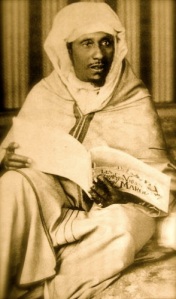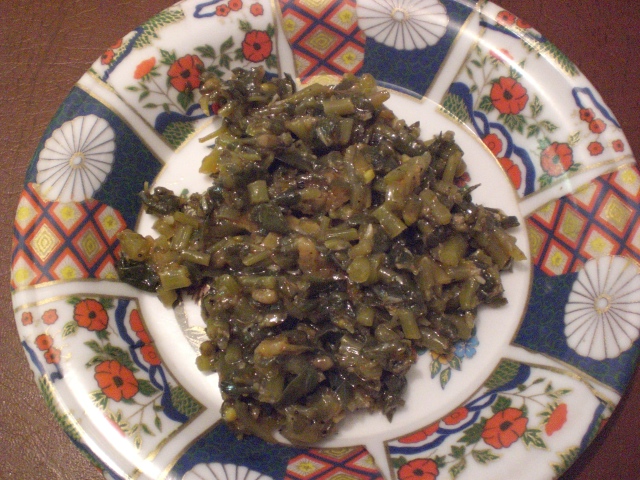The Tissa Horse Festival, Your Morocco Guide
During the year, the small town of Tissa,on the edge of the Rif region, in the province of Taounate, is a quiet rural community, tucked away in the hills of the Moroccan countryside, fifty kilometers away from Fez. From 8-13 October 2013, the town will be transformed, as it is…









